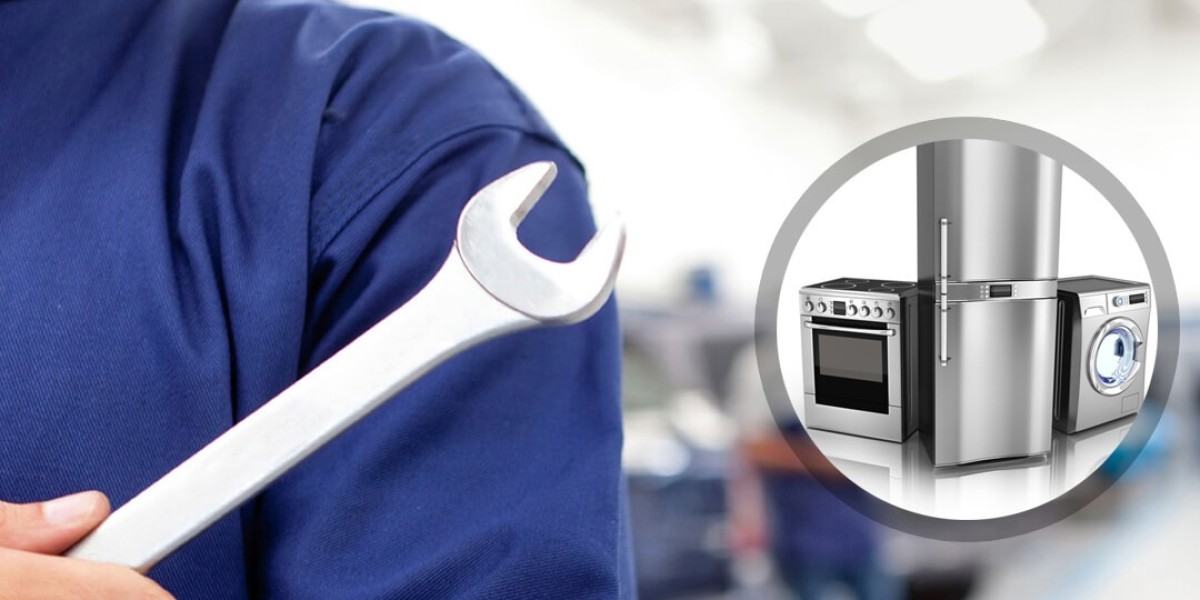Introduction
In the ever-evolving landscape of web development, Laravel is the perfect choice. It is ideal for developing a robust application. It has an elegant syntax and is feature-rich too. Only professionals can take advantage of its true potential.
It requires the expertise of Laravel developers with a resilient mindset. They also need to have a deep understanding of the framework's capabilities.
This blog post delves into the developer mindset necessary for creating resilient applications. It draws insights from recent discussions and resources in the developer community.
This article explains the mindset and practices for resilient Laravel applications.
Critical Skills For A Resilient Mindset
Embracing Laravel's Philosophy:
Laravel encourages to write clean, simple, and readable code. This philosophy extends beyond the syntax to include how Laravel handles tasks. This includes functions like routing, authentication, and caching. A developer with a resilient mindset understands the importance of adhering to principles. They avoid the temptation to revert to plain PHP practices within the Laravel ecosystem.
Understanding MVC Architecture:
At the core of Laravel is the Model-View-Controller (MVC) architecture. This separates the application's logic from the user interface. This separation allows for more organized and maintainable code. A resilient Laravel developer understands and leverages MVC to create scalable and flexible applications.
Leveraging Eloquent ORM:
Eloquent ORM is one of Laravel's most powerful features. It provides an expressive and fluent interface for database interaction and allows developers to perform complex database operations with simple and expressive syntax. Mastering Eloquent is the key to enhancing the performance and resilience of their Laravel applications.
Utilizing Laravel's Built-in Features:
Laravel has features like Blade templating and Artisan commands. These features are designed to simplify everyday tasks and boost productivity. A developer's mindset should be geared towards making the most of these features. This helps streamline development processes and improve application resilience.
Continuous Learning and Adaptation:
The Laravel ecosystem is dynamic, with frequent updates and new packages. A resilient developer continuously learns, stays up-to-date with the latest Laravel features, and adapts to changes. This continuous learning process is crucial for maintaining and improving the quality of Laravel applications.
What is the Right Mindset?
Design with Resilience in Mind:
Expect failures to occur, and design your application to handle them gracefully. Use fallback mechanisms, retries, and circuit breakers where appropriate.
Fault Isolation:
Design your application to isolate failures. This prevents them from cascading through the system. Use techniques like microservices, queues, and distributed systems architecture. They help reduce the impact of failures.
Write Clean and Maintainable Code:
Adhere to Laravel coding standards, design patterns, and conventions. This will ensure consistency and readability in your codebase.
Modularize Your Code:
Break down your application into smaller, reusable modules that are easier to understand, test, and maintain. Use Laravel's modular architecture to encapsulate functionality and reduce dependencies.
Graceful Degradation:
Handle errors gracefully by providing informative error messages, logging exceptions, and failing safely. This should not impact the user experience.
Monitor and Alert:
Use monitoring and alerting systems to detect and respond to errors in real-time. Tools like Laravel Telescope can track application health and performance.
Write Unit Tests:
Develop comprehensive unit tests to validate the behavior of individual components in isolation. Use PHPUnit and Laravel's testing utilities to automate testing and ensure code correctness.
Integration Testing:
Test interactions between components and external dependencies to validate system behavior under real-world conditions. Use Laravel's testing framework to simulate requests, database interactions, and queue processing.
Profile and Benchmark:
Using profiling tools and benchmarks, identify performance bottlenecks in your application. Optimize critical paths and resource-intensive operations to improve application performance.
Caching and Optimization:
Utilize Laravel's caching mechanisms, database indexing, and performance optimizations. This helps reduce response times and improve scalability.
Follow Security Best Practices:
Use Laravel's built-in security features, such as CSRF protection, XSS filtering, and SQL injection prevention. Update dependencies regularly and address security vulnerabilities promptly.
Data Encryption and Protection:
Encrypt sensitive data at rest and in transit using Laravel's encryption and hashing features. Use role-based access control (RBAC) and authentication mechanisms to secure user data and resources.
Horizontal and Vertical Scaling:
Design your application to scale horizontally by adding more instances or vertically by upgrading resources. Use Laravel's queue system, caching, and load balancing to distribute workload efficiently.
Monitor Resource Usage:
Monitor resource utilization and performance metrics to proactively identify bottlenecks and plan for capacity upgrades.
Document Code and Architecture:
Document your codebase, architecture, and design decisions to provide context and guidance for future developers. Use tools like PHPDoc, Markdown, and UML diagrams to create comprehensive documentation.
Stay Updated:
Keep abreast of the latest developments in Laravel, PHP, and web development. Attend conferences, workshops, and online courses to learn new techniques and best practices.
Share Knowledge:
Contribute to the Laravel community by sharing your experiences. Write blog posts and participate in forums and discussions. Collaborate with other developers to exchange ideas and solutions.
Real World Examples
Real-world Laravel application development has seen significant success across various industries. This showcases the framework's versatility, robustness, and potential for building resilient Laravel applications.
Here are a few notable examples:
Buzzy:
Buzzy is a social media platform that connects users with local events, businesses, and activities. Built with Laravel, Buzzy offers user profiles, event listings, reviews, and messaging features. Its intuitive interface and seamless user experience have contributed to its popularity among users.
Invoice Ninja:
Invoice Ninja is an open-source invoicing, billing, and payment management platform. Developed with Laravel, Invoice Ninja offers customizable invoice templates, client management, expense tracking, and online payment integration features. There is widespread adoption among freelancers, small businesses, and agencies.
Shift:
Shift is a desktop application for code conversion and modernization. Leveraging Laravel's robust backend capabilities, Shift provides developers with tools for converting legacy codebases to modern frameworks and languages. Its ease of use and powerful features have made it a valuable asset for developers seeking to update and improve their codebases.
Canvas:
Canvas is a blogging platform designed for developers and built with Laravel. It offers Markdown editing, code highlighting, SEO optimization, and customizable themes. Canvas has gained traction among developers and content creators looking for a simple yet powerful blogging solution.
Flare:
Flare is a Laravel-specific error tracking and debugging tool that helps developers identify and resolve application issues. Developed with Laravel, Flare offers real-time error monitoring, stack trace analysis, and performance insights. It has become an essential tool for Laravel developers seeking to maintain the stability and reliability of their applications.
These real-world Laravel applications demonstrate the framework's adaptability, scalability, and performance in diverse use cases, including social networking platforms, productivity tools, and developer utilities. Their success highlights Laravel's effectiveness in delivering high-quality, feature-rich applications that meet the needs of users and developers alike.
Benefits of Developing a Resilient Application
A resilient Laravel application can withstand and recover from failures. It can adapt to changing conditions and maintain acceptable performance levels under stress. Resilience in applications is achieved through a combination of design principles, coding practices, architectural decisions, and operational strategies. These are aimed at ensuring the application's stability, reliability, and availability.
Here are some key characteristics of resilient Laravel applications:
Fault Tolerance:
- Graceful Failure Handling: The application handles errors and failures gracefully. It does not crash or compromise the user experience. It provides informative error messages and fails safely without causing cascading failures.
Scalability:
- Horizontal and Vertical Scaling: The application can scale horizontally by adding more instances or vertically. This can be by upgrading resources to handle increased traffic and workload.
- Efficient Resource Use: It utilizes CPU, memory, and network bandwidth resources. This helps maintain optimal performance under varying load conditions.
Reliability
- High Availability: The application is available with minimal downtime and service interruptions. It employs redundancy, failover mechanisms, and load balancing to ensure continuous availability.
- Robust Error Handling: The application implements robust error-handling mechanisms. This will help detect, log, and respond to real-time errors. It provides actionable insights for troubleshooting and debugging.
Performance
- Optimized Response Times: The application delivers fast response times and low latency. It employs caching, database optimization, and performance-tuning techniques, which help reduce response times and improve user experience.
- Efficient Resource Management: The application manages resources in the right manner. It also helps avoid resource contention. It also manages memory leaks and performance bottlenecks that could degrade performance.
Security
- Data Protection: The application uses encryption, hashing, and access controls to protect sensitive data. It implements secure authentication and authorization mechanisms to prevent unauthorized access to resources.
- Defense in Depth: The application follows security best practices and employs several layers of defense. This includes input validation, output encoding, and security headers, to mitigate security risks and vulnerabilities.
Flexibility
- Adaptability to Change: The application is flexible and adaptable to changing requirements. It employs modular design, dependency injection, and abstraction to decouple components. This also helps promote code reusability and maintainability.
Operational Excellence
- Monitoring and Alerting: The application has robust monitoring and alerting systems. It provides real-time visibility into system health, performance, and availability. It alerts administrators to potential issues or anomalies for timely intervention.
- Automated Recovery: The application automates recovery procedures and failover mechanisms. This is useful for quickly restoring service in case of failures or disruptions. It employs infrastructure as code (IaC) and automation tools for consistency.
Hire The Experts
Resilient Laravel applications can withstand challenges and recover from failures. At Acquaint Softtech, we have the perfect Laravel team for the task. We are a software development outsourcing company in India. We are also an official Laravel Partner and deliver top-notch solutions free from bugs or errors.
Incorporate fault tolerance, scalability, reliability, security, flexibility, and operational excellence into the design. Develop high performance that meets the demands of modern web environments.
Hire remote developers from Acquaint Softtech to gain the upper edge over your competitors. Our experience and expertise in delivering flawless solutions will work in your favor.
A fitting quote:
"Software is a great combination between artistry and engineering." - Bill Gates
Conclusion
Adopt a developer mindset and integrate best practices into your workflow. This helps build resilient Laravel applications with reliable performance. It also ensures high security and scalability for your users and stakeholders.
Creating resilient Laravel applications requires more than technical skills. It requires a mindset that embraces the framework's philosophy and an understanding of its core architecture. By fostering this mindset, developers can build functional, maintainable, and scalable applications that are ready to meet the challenges of the digital world.
Explore the resources and insights provided by the Laravel community. This is an excellent starting point. It is helpful for those looking to deepen their understanding of Laravel. Adopting the developer mindset is also essential for resilience.









